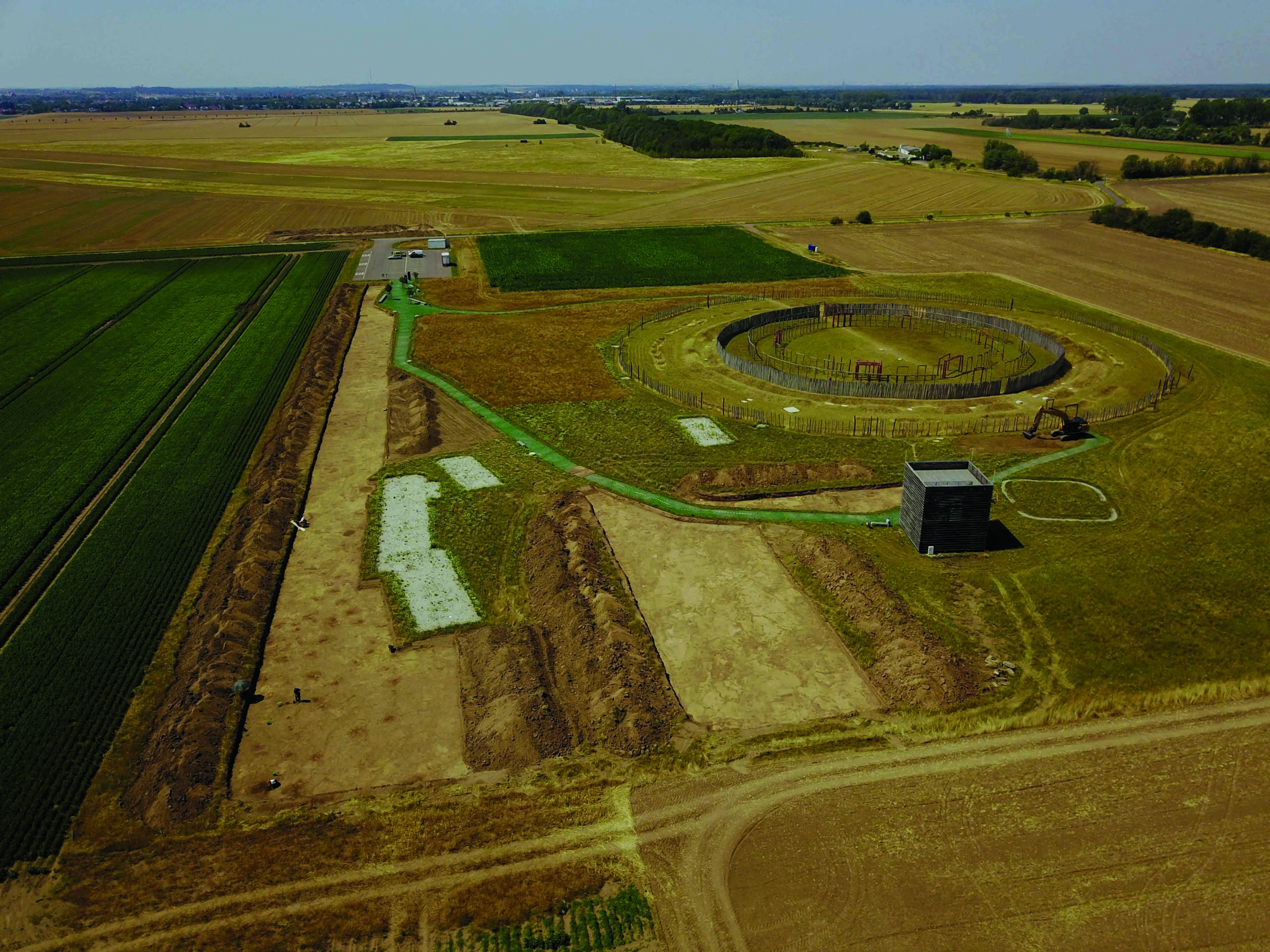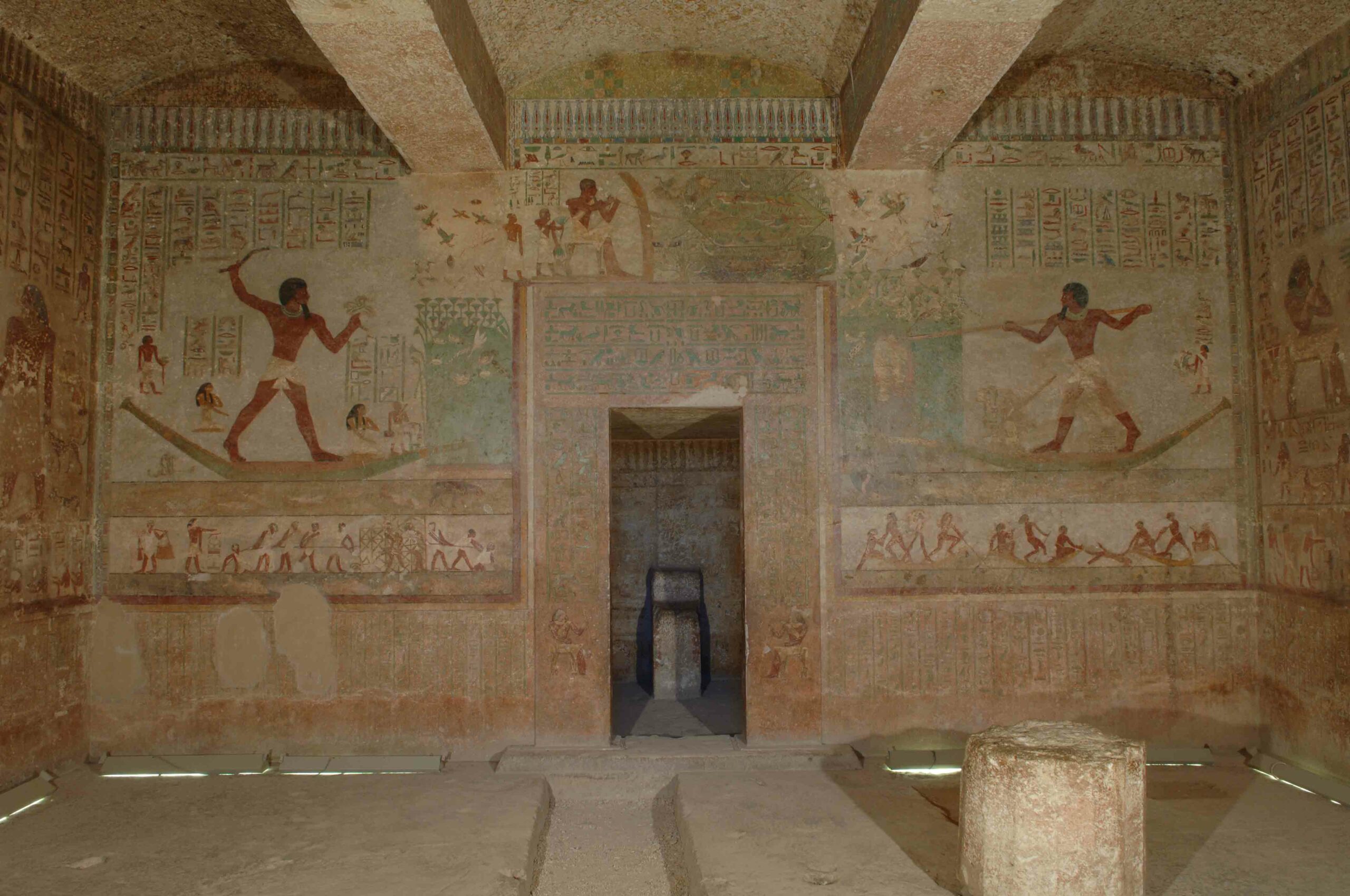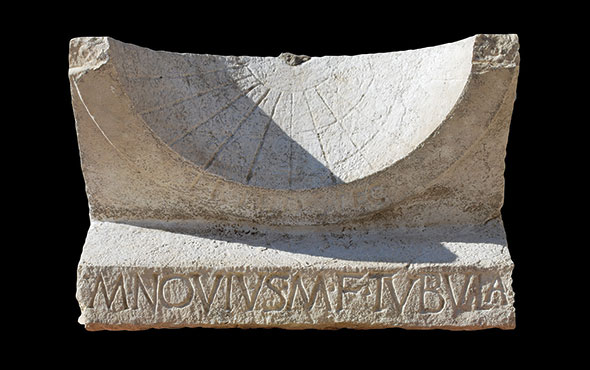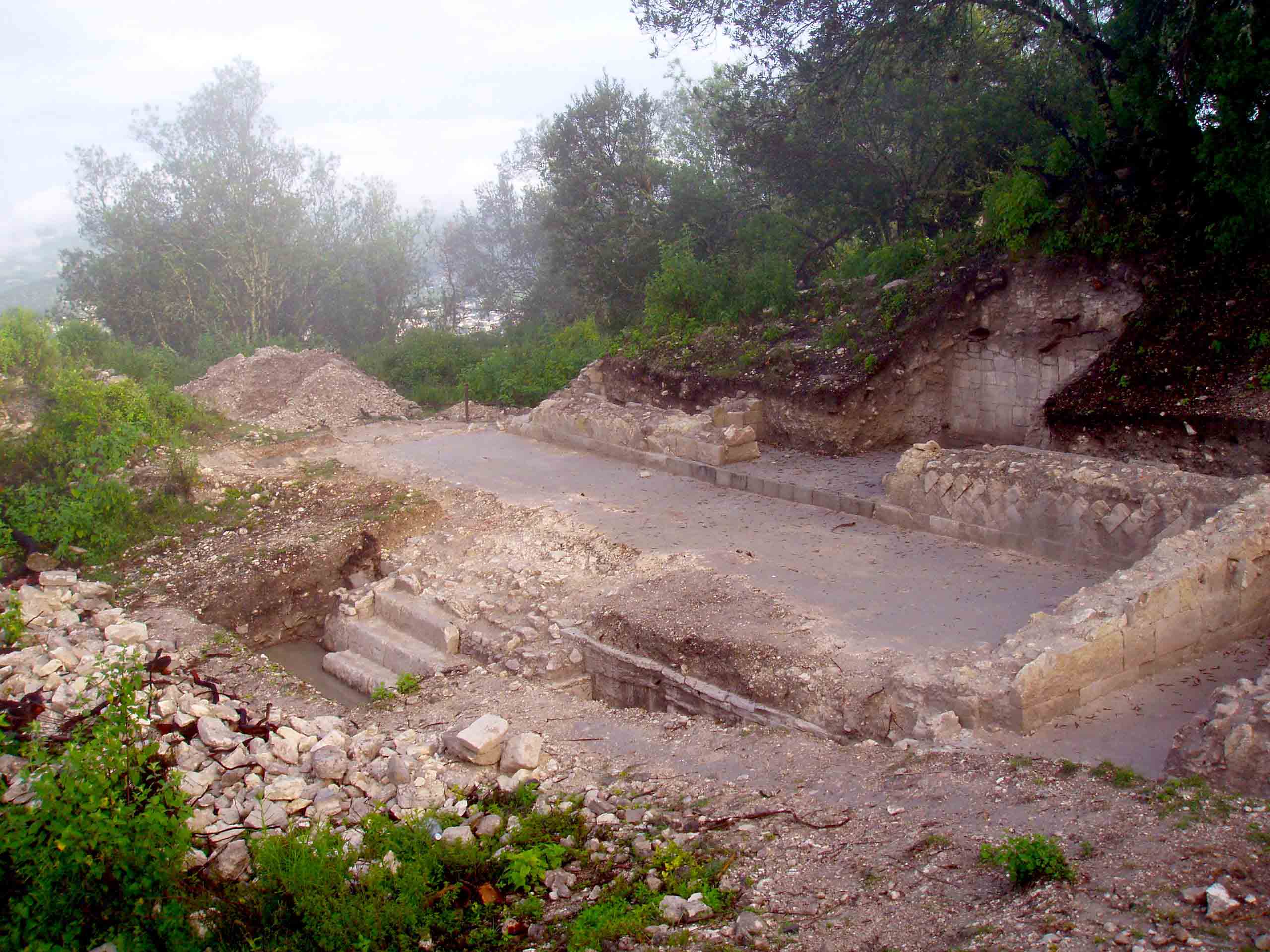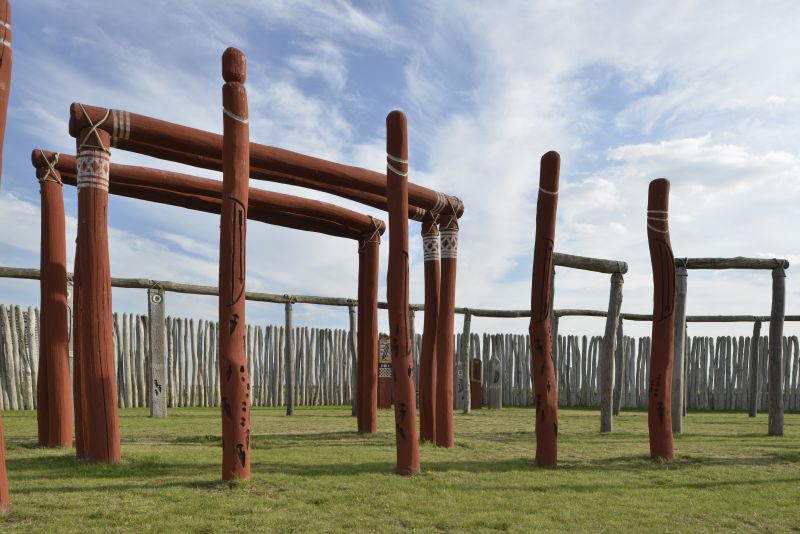
PÖMMELTE, GERMANY—According to a Live Science report, the fractured skull and rib bones of women, children, and teenagers, and axes, drinking vessels, animal bones, and stone mills have been found buried in pits at a henge site in northwest Germany. Located near the village of Pömmelte, the henge consisted of several concentric circles made of wooden posts, the largest of which measured about 380 feet in diameter. It was constructed around 2300 B.C., and is thought to have been ritualistically destroyed around 2050 B.C. because artifacts and ash, perhaps from burned wooden posts, have been found in the postholes. André Spatzier, an archaeologist at the State Office for the Preservation of Historic Monuments at Baden-Württemberg, said the people whose bones were found in the pits may have been killed during an attack or raid, but the lack of adult male remains in the pits, and the presence of broken artifacts among the bones, suggests they could have been sacrificed. Burials of men, whose bodies had been intact, were found to the east of the henge. Spatzier said they may have been privileged individuals.For more on archaeology in Germany, go to “Last Stand of the Blue Brigade.”


